The Watery World of Water Striders
The Watery World of Water Striders
One of the arguably weirdest insects is the water strider. This strange creature, also called a water skimmer or a water spider, that seems to glide on the water without much effort is mysterious to us. There are many questions we can ask about these insects and their lives, since we only seem to find them skating across our swimming pools and ponds and never outside of that. Let’s look at the life of a water strider and how it spends its days as an aquatic insect that can naturally do what seems to be the supernatural.
The Life of a Water Strider
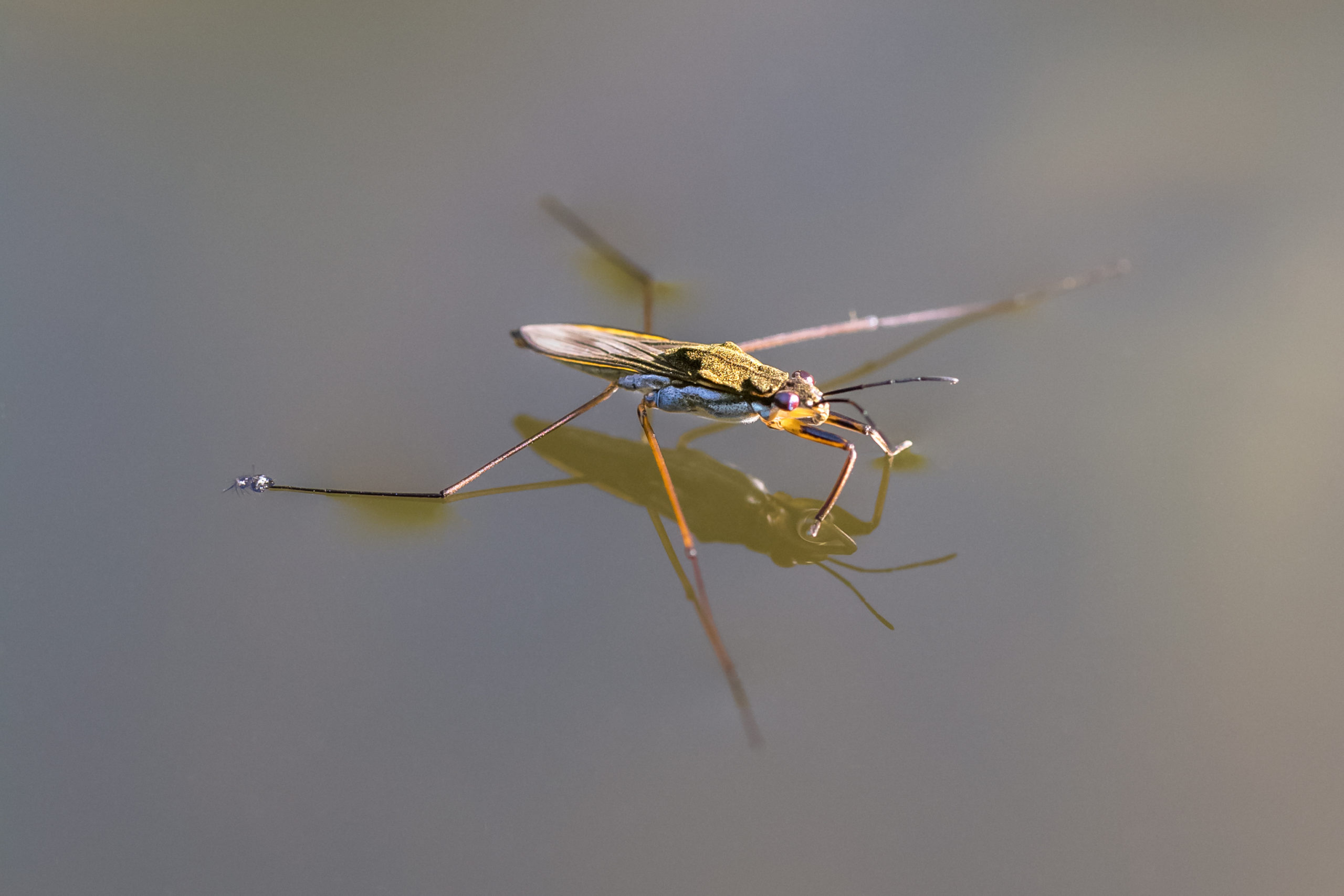
While a water strider can live up to a year, they often don’t because of the abundance of predators in the waters that they frequent. Think of all of the unnervingly large insects we see around lakes and ponds, as well as any fish, amphibians, reptiles, and birds, that would love the chance to enjoy this large insect as a meal. Also, most of the water striders that end up in our pools often meet a violent end when they are smacked with a pool noodle or a kick board. But to understand how this skinny insect comes to live in the still waters that we frequent, we should take a look at some of the basic facts of these gangly creatures.
Water striders are dark brown to black in color, and have three sets of legs that each have a specific purpose. The short front legs are for catching and holding food, the middle longer legs are for pushing them through the water, and the back long legs are for steering while moving. Mosquito hawks become adults at one to two months old, and start the mating process early on. The females are twice as long as the males, measuring at about half an inch long. Essentially all water striders have wings, but some are very small and are relatively useless. The ones that live in shallow waters have larger wings since the water dries up and they actually need wings to survive. Water striders that stay in deeper waters, like lakes, have very small wings that don’t help them at all.
Risky Mating
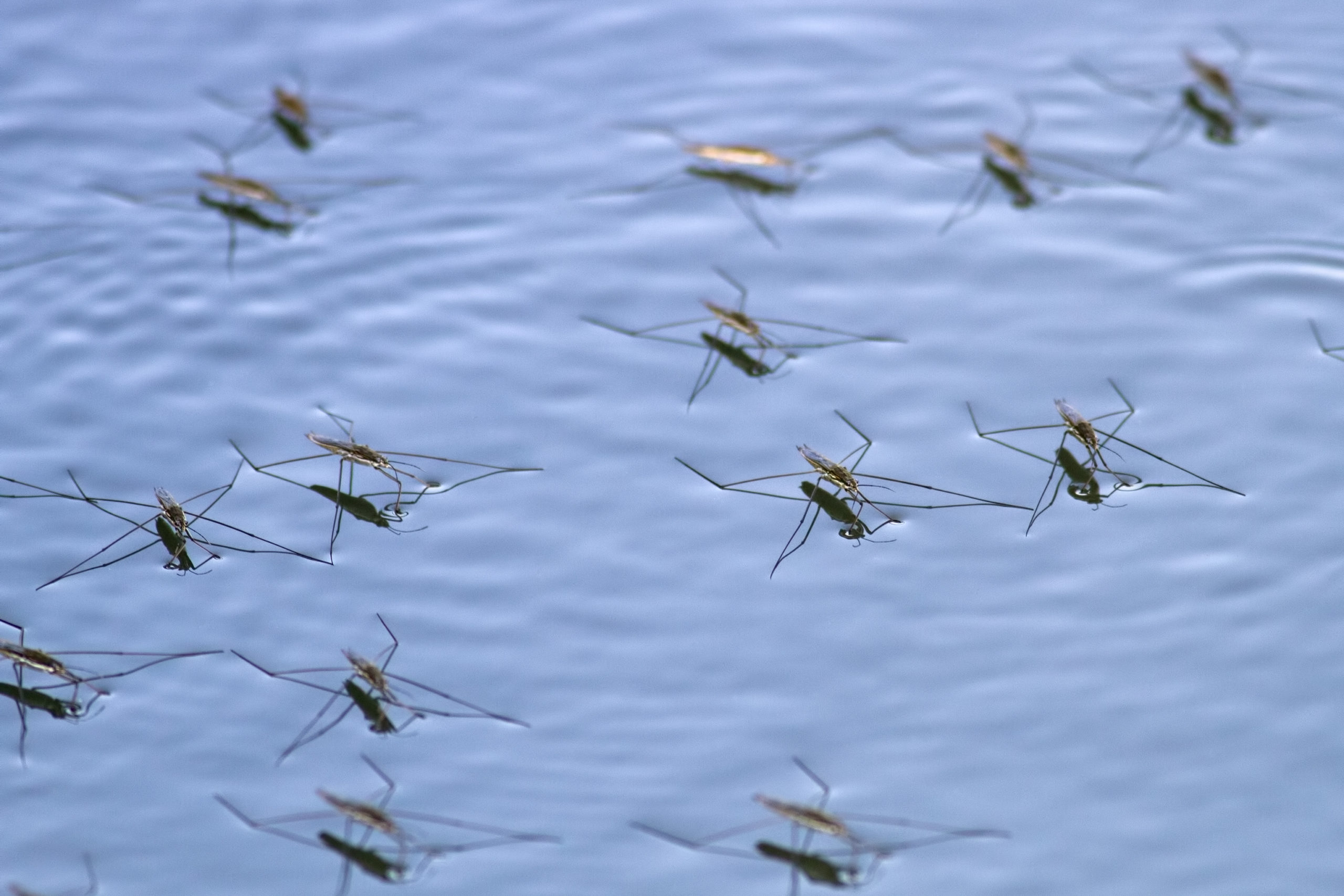
As for mating, the process largely favors the males over the females. Males will produce vibrations that signal to the females, but they also notify potential predators of their location. If the female doesn’t leave fast enough after mating, she will be eaten and not have the chance to lay eggs and continue the generations. But if she does escape, she will lay eggs on any kind of solid area, like a rock or plant. The eggs hatch in about two weeks, and the process is sped up when the water is warmer, which is why we see water striders all the time in the summer.
A Surface Level Diet
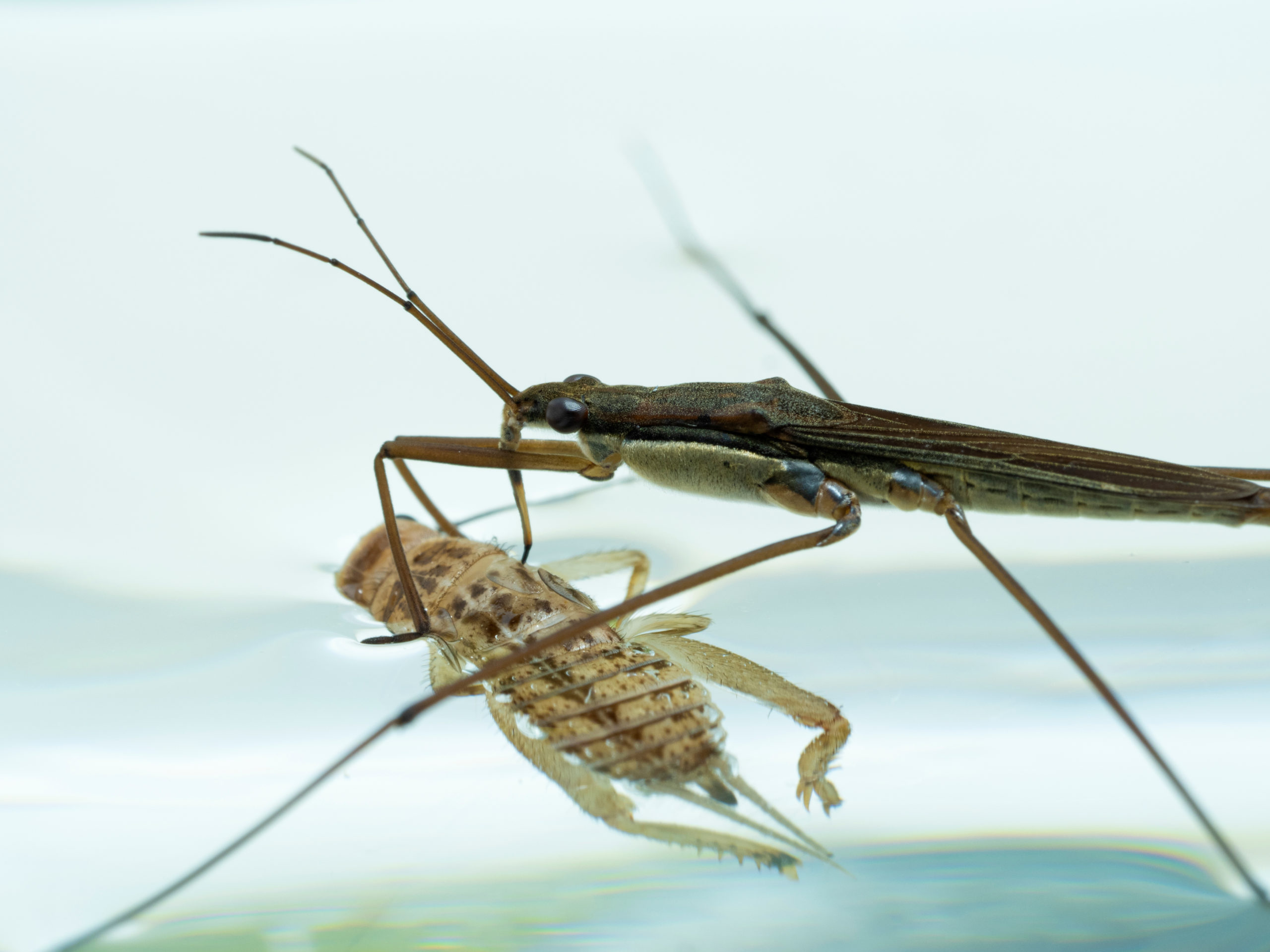
Water striders can actually be considered beneficial insects, depending on their diet. Just like how ripples in the water alert predators to their location, water striders can also detect ripples of their own prey. Smaller ripples mean prey is ahead, and larger ripples tell the water strider to watch out. They use their small mouths to suck the vital juices and parts out of the prey, which are too weak to bite non-insects. So we don’t have to worry about getting bitten by these lanky insects anytime soon! Their favorite meals include live or dead mosquito larvae, dragonfly larvae, tadpoles, and even other water striders, all of which reside on the surface. Some of the most common predators of water striders are birds, fish, frogs, turtles, and children with pool noodles and a violent attitude.
Walking on Water
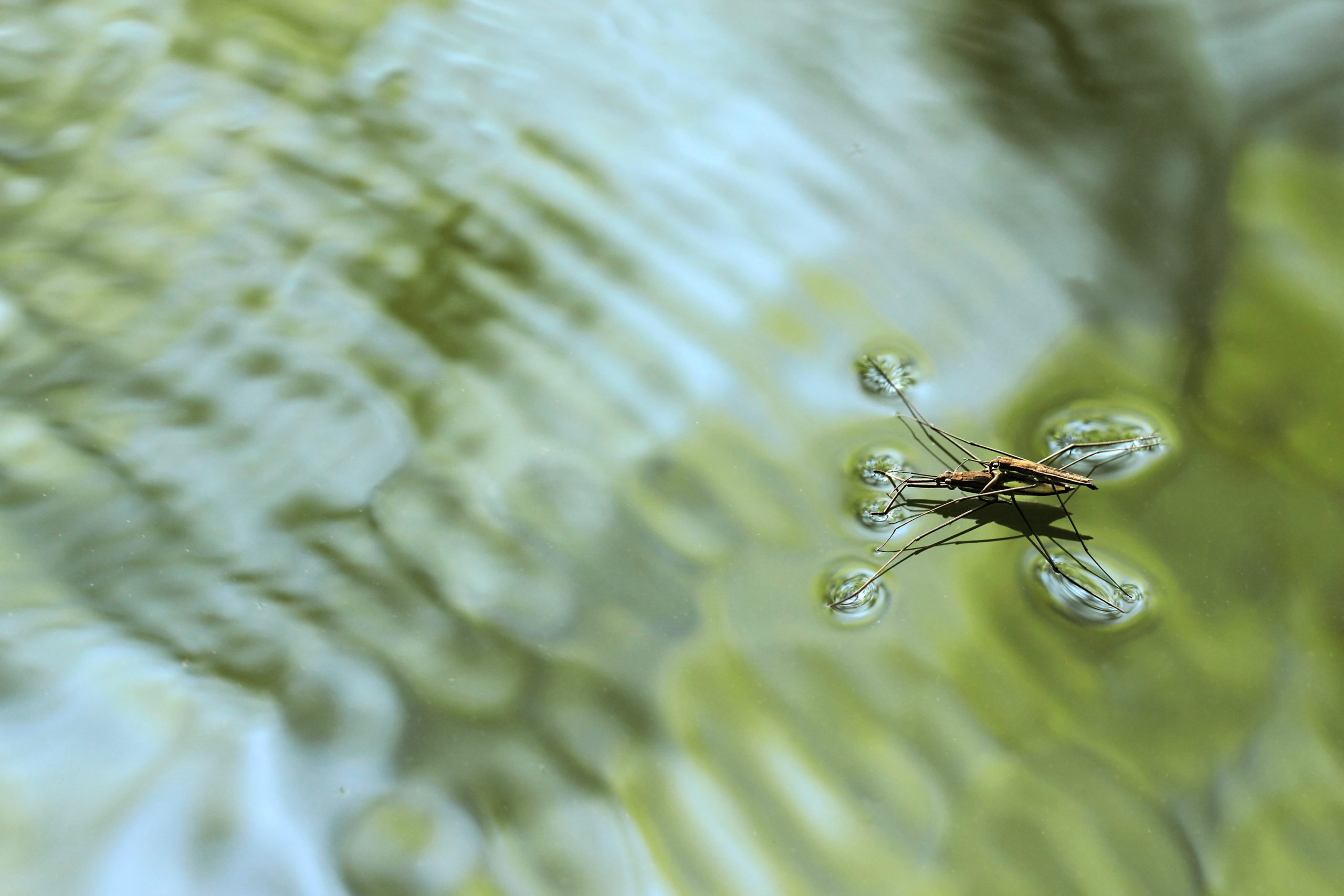
Water striders are known for their fascinating ability to “walk on water” and move quickly across any still water surface. As mentioned earlier, they use their middle and back set of legs to maneuver through the water. The process uses surface tension in the water, so they aren’t actually “walking” on the water. The science behind this strange act is simple. The water is more attractive on a chemical level on the surface, which is why water striders stay on the surface. The tension between the air by water molecules creates a membrane that the water striders walk on. Their legs have small hairs that do the helpful combination of repelling water and capturing air. The captured air on their legs is what allows them to float and move. With the power of their middle set of legs and the steering capabilities of their rear legs, water striders can freely roam any body of calm water that they choose.
Since the membrane is mainly intact on calm waters, water striders stick to the slow waters of the continental states. The ones with the big wings have more options since they can fly to wherever they want. The water striders with very small wings stick to puddles and small ponds since they can survive in the shallow waters. Ponds, marshes, lakes, and pools are the most reliably calm waters around, so water striders have some options for their new home.
Pest Control is Great by the Water or on Land
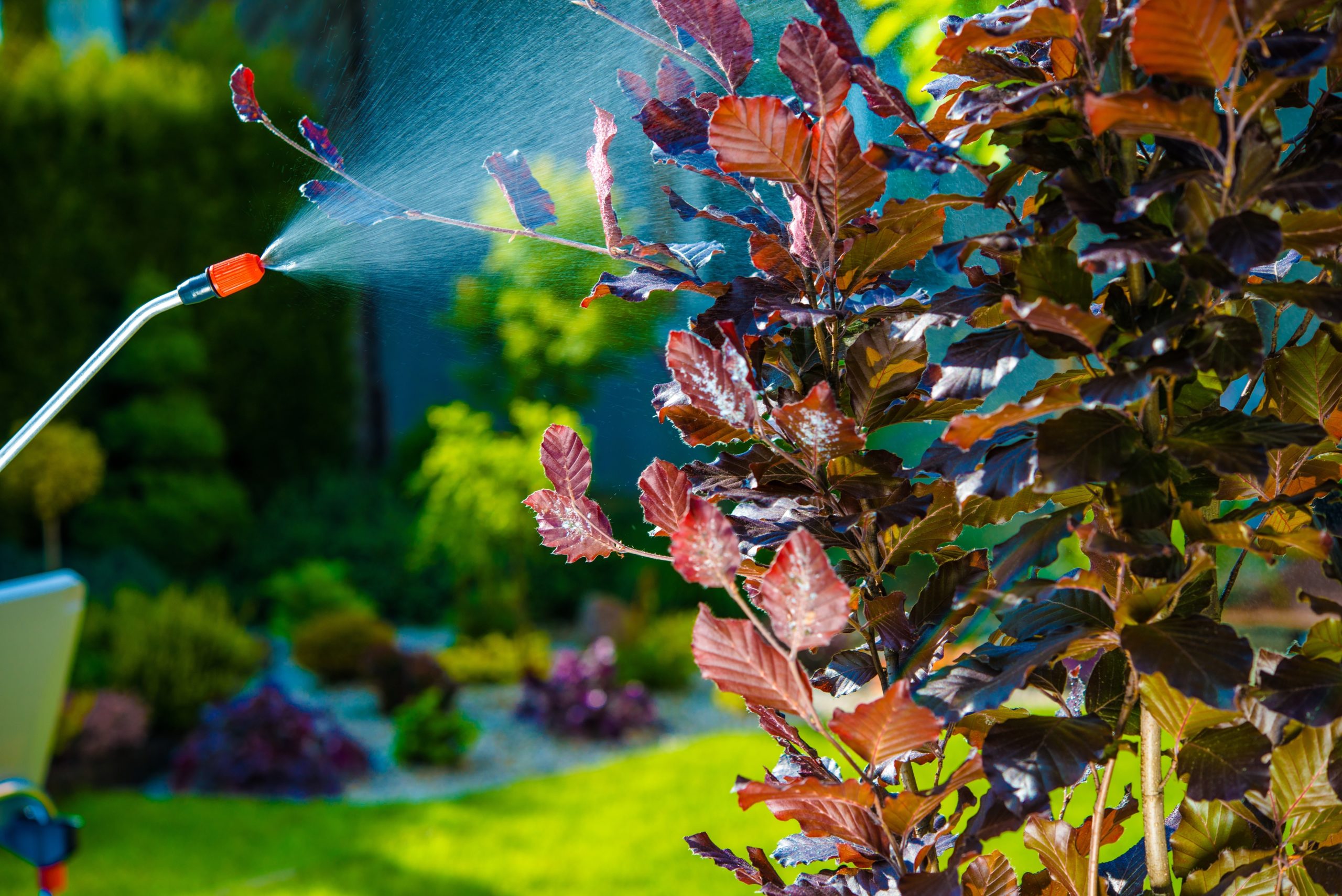
Since water striders don’t often stick around our pools for long due to the lack of smaller aquatic insects, they aren’t common pests that usually need pest control to eradicate. But they can attract larger insects, who can quickly become pests that annoy us while we try to enjoy our backyard spaces. Our pest control team has the experience and training to tackle any pest problem with our EPA-approved treatments. Contact us today to find out how we can take care of any pest issues, whether they travel by land or by sea.
Citations
Water strider facts & information guide 2022 (Gerridae). (2020, April 18). Pond Informer. Retrieved on April 13, 2022, from https://pondinformer.com/water-strider-gerridae/
Water striders. (n.d.). The National Wildlife Federation. Retrieved on April 13, 2022, from https://www.nwf.org/Educational-Resources/Wildlife-Guide/Invertebrates/Water-Striders
Water striders. (n.d.). The University of Maine. Retrieved on April 13, 2022, from https://extension.umaine.edu/home-and-garden-ipm/fact-sheets/common-name-listing/water-striders/
Rogers, K. (n.d.). Water strider. Available at https://www.britannica.com/animal/water-strider (Accessed on April 13, 2022)
https://www.nwf.org/Educational-Resources/Wildlife-Guide/Invertebrates/Water-Striders
Request a Free Quote Today
(We do not share your data with anybody, and only use it for its intended purpose)
